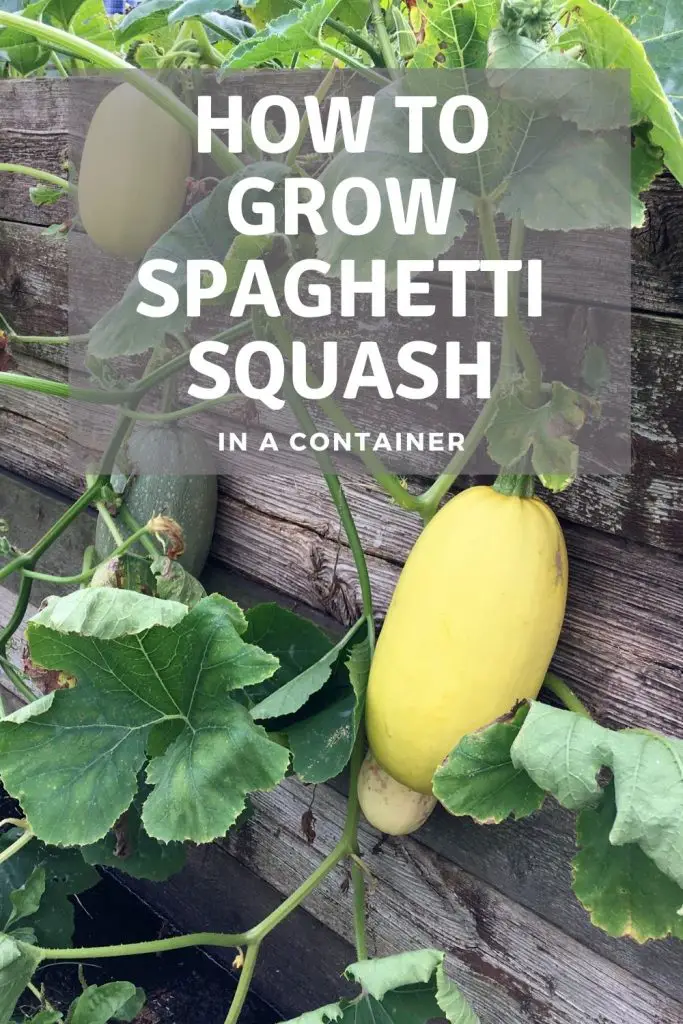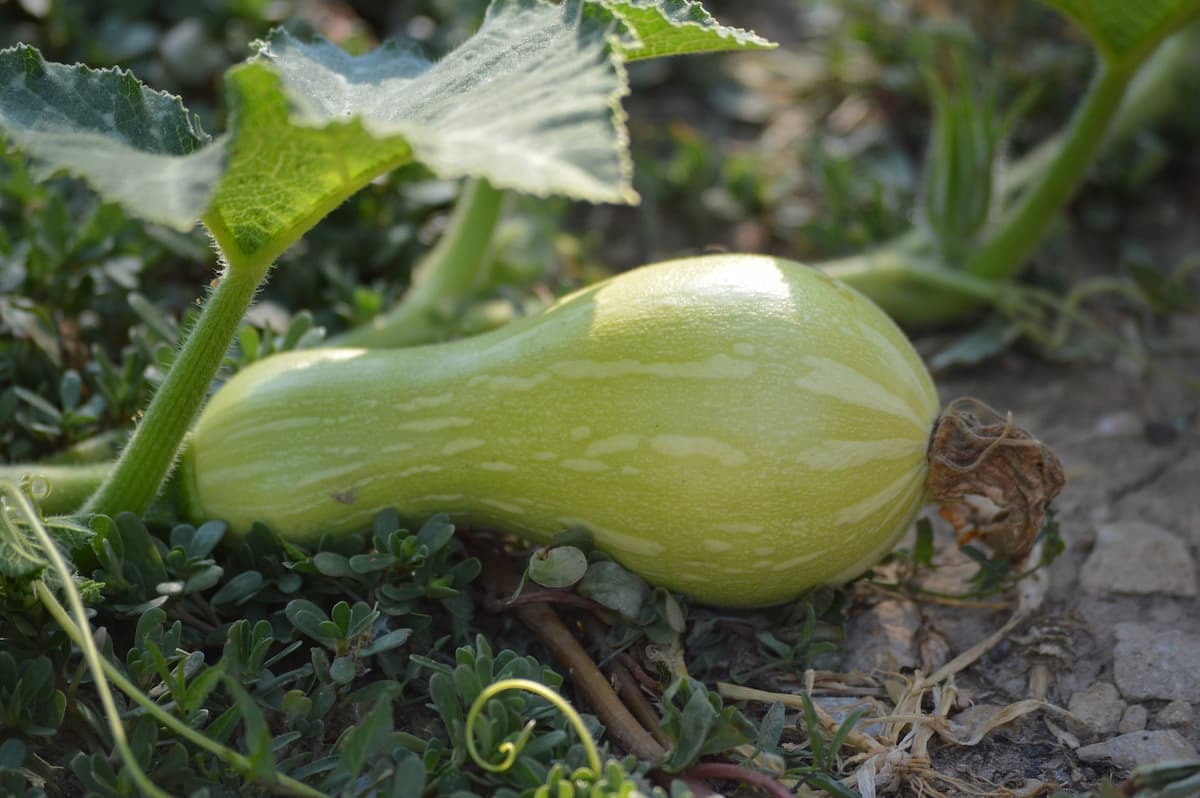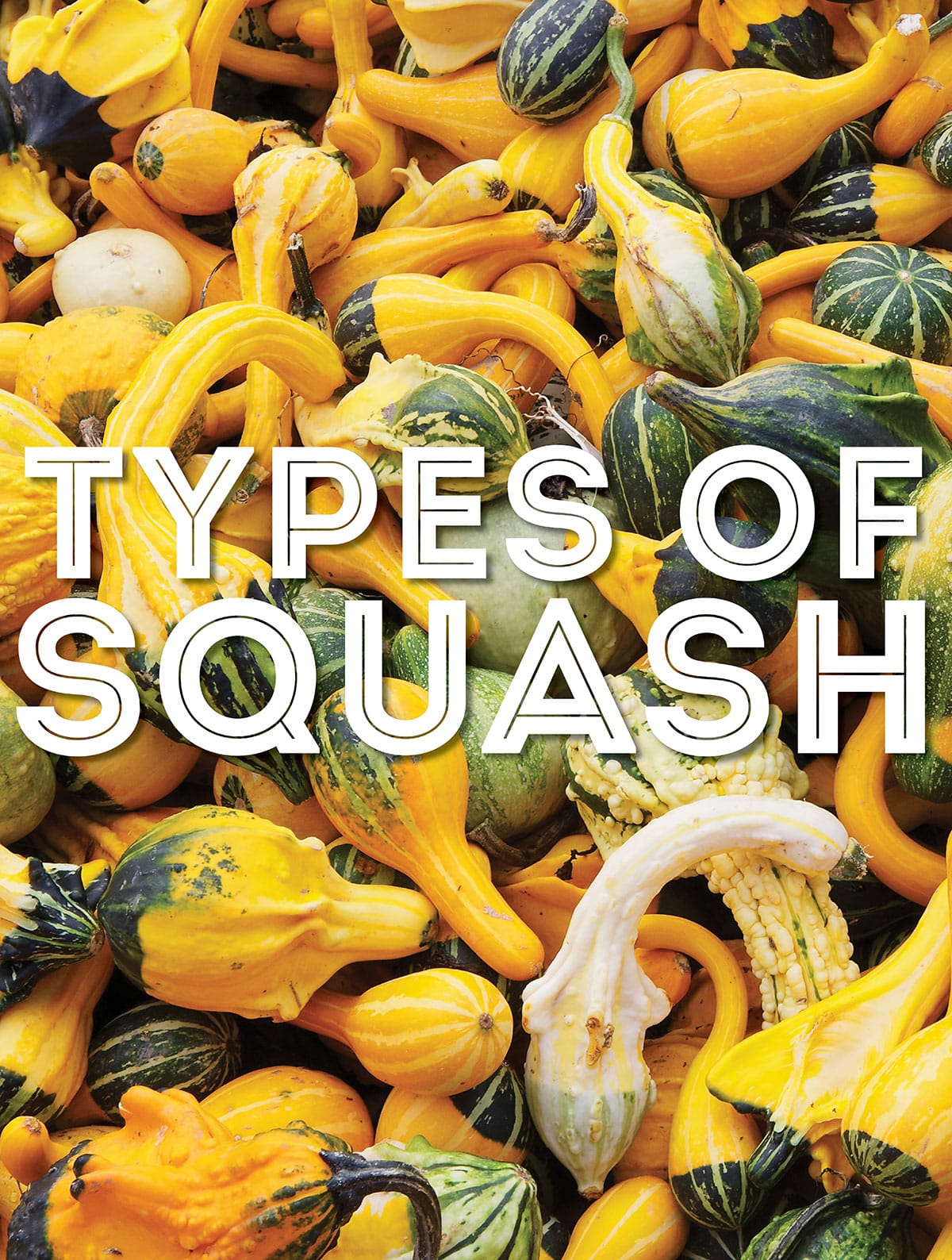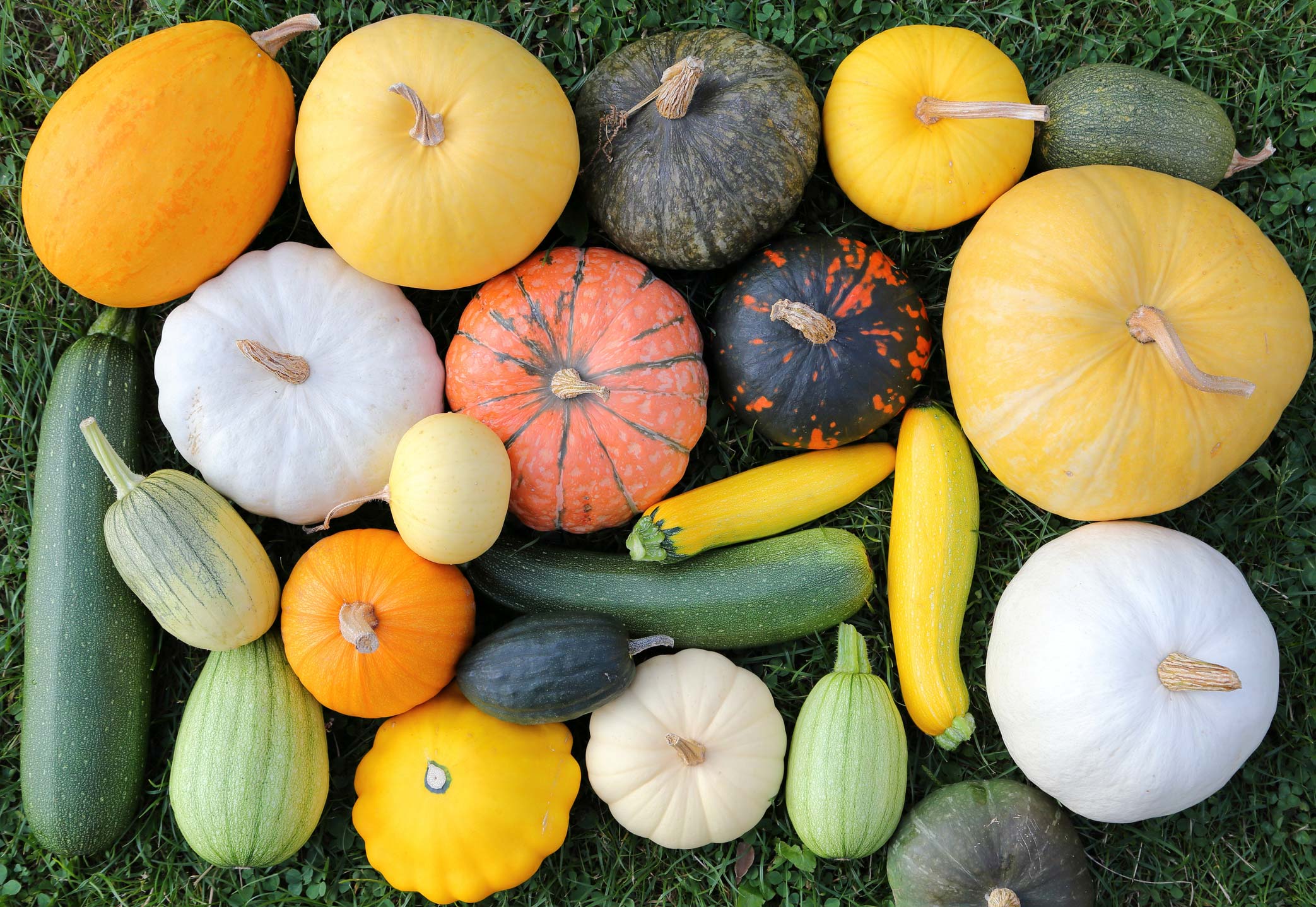What to Expect from a Single Squash Plant
Understanding squash plant productivity is crucial for gardeners seeking to maximize their harvest. The number of squash produced by one plant can vary greatly, depending on factors such as variety, growing conditions, and care. For instance, a well-maintained zucchini plant can produce up to 10 pounds of squash per season, while a butternut squash plant may yield only 2-3 fruits. Knowing what to expect from a single squash plant can help gardeners optimize their growing strategies and minimize waste. So, how many squash will one plant produce? The answer lies in understanding the complex interplay between squash variety, growing conditions, and proper care. By grasping these factors, gardeners can make informed decisions to boost their squash production and enjoy a bountiful harvest.
The Role of Squash Variety in Determining Yield
The type of squash variety planted can significantly impact the number of squash produced. Bush, vining, and semi-bush squash varieties all have different growth habits and yield potentials. For example, bush varieties like ‘Black Beauty’ zucchini can produce up to 10 pounds of squash per season, while vining varieties like ‘Butternut’ can yield 2-3 fruits per plant. Semi-bush varieties like ‘Acorn’ squash fall somewhere in between, producing 5-7 fruits per plant. Understanding the characteristics of different squash varieties can help gardeners choose the best type for their specific growing conditions and desired yield. By selecting a high-yielding variety, gardeners can increase their chances of getting a bountiful harvest and answering the question of how many squash will one plant produce.
Optimizing Growing Conditions for Maximum Yield
Providing optimal growing conditions is crucial for maximizing squash yield. Squash plants require full sun, with at least 6 hours of direct sunlight per day, to produce a bountiful harvest. Soil quality is also essential, with well-draining, rich soil that is high in organic matter promoting healthy plant growth. Adequate water supply is vital, with consistent moisture levels helping to prevent stress and disease. Temperature also plays a significant role, with most squash varieties thriving in temperatures between 65°F and 85°F. By optimizing these growing conditions, gardeners can create an ideal environment for squash production, increasing their chances of getting a high yield and answering the question of how many squash will one plant produce. For example, a study by the University of Illinois found that squash plants grown in ideal conditions can produce up to 20% more fruit than those grown in suboptimal conditions. By understanding the importance of these factors, gardeners can take steps to create a squash-friendly environment and reap the rewards of a bountiful harvest.
The Impact of Proper Care and Maintenance on Squash Yield
Proper care and maintenance are essential for promoting healthy squash plant growth and maximizing yield. Regular watering is critical, as squash plants require consistent moisture levels to produce a bountiful harvest. Fertilization is also important, with a balanced fertilizer applied at planting and again when the plants are about 6 inches tall. Pruning is another key aspect of squash care, as it helps to promote air circulation, reduce disease risk, and encourage fruiting. Additionally, pest management is crucial, as pests like aphids, squash bugs, and powdery mildew can significantly impact yield. By implementing these care and maintenance practices, gardeners can create an environment that supports healthy plant growth and increases the chances of getting a high yield, ultimately answering the question of how many squash will one plant produce. For example, a study by the University of California found that squash plants that received regular watering and fertilization produced up to 30% more fruit than those that did not. By prioritizing proper care and maintenance, gardeners can reap the rewards of a bountiful harvest.
How to Encourage Squash Plants to Produce More Fruit
To maximize squash yield, it’s essential to encourage plants to produce more fruit. One effective technique is hand-pollination, which involves transferring pollen from the male flowers to the female flowers to increase fruit set. Fruit thinning is another valuable technique, as it allows the plant to focus its energy on producing fewer, but larger and healthier, fruits. Training vines is also crucial, as it helps to promote better air circulation, reduce disease risk, and increase fruit production. Additionally, providing support for the fruit, such as a trellis or cage, can help to keep the fruit off the ground, reducing rot and disease. By implementing these techniques, gardeners can increase their chances of getting a high yield and answering the question of how many squash will one plant produce. For example, a study by the University of Wisconsin found that hand-pollination increased squash yield by up to 25%. By incorporating these techniques into their gardening routine, gardeners can reap the rewards of a bountiful harvest.
Average Yield Expectations for Different Squash Types
When it comes to understanding how many squash will one plant produce, it’s essential to consider the type of squash being grown. Different types of squash have varying yield expectations, and understanding these expectations can help gardeners plan and optimize their harvest. Summer squash, such as zucchini and yellow crookneck, typically produce a high volume of fruit, with yields ranging from 6 to 10 squash per plant. Winter squash, like acorn and butternut, tend to produce fewer, but larger, fruits, with yields ranging from 2 to 5 squash per plant. Specialty varieties, such as pumpkins and gourds, can produce a wide range of yields, depending on the specific variety and growing conditions. By understanding the average yield expectations for different types of squash, gardeners can better plan their harvest and make the most of their squash production. For example, a study by the University of Illinois found that summer squash varieties can produce up to 20 pounds of fruit per plant, while winter squash varieties can produce up to 10 pounds per plant. By knowing what to expect from their squash plants, gardeners can optimize their growing conditions and care techniques to maximize yield.
Factors That Can Affect Squash Yield and How to Mitigate Them
While understanding the average yield expectations for different squash types is crucial, it’s equally important to be aware of the factors that can impact squash yield. Pests, diseases, and weather conditions are common factors that can significantly reduce squash production. For example, pests like aphids, whiteflies, and squash bugs can weaken plants and reduce fruit production. Diseases like powdery mildew and fusarium wilt can also devastate squash crops. Weather conditions like extreme temperatures, drought, and excessive rainfall can also impact squash yield. To mitigate these risks, gardeners can implement integrated pest management strategies, such as introducing beneficial insects, using organic pesticides, and practicing good sanitation. Additionally, using disease-resistant varieties, providing optimal growing conditions, and implementing irrigation management strategies can help to minimize the impact of weather conditions on squash yield. By being aware of these potential risks and taking proactive steps to mitigate them, gardeners can increase their chances of getting a high yield and answering the question of how many squash will one plant produce. By taking a holistic approach to squash production, gardeners can maximize their yield and enjoy a bountiful harvest.
Maximizing Squash Production: Tips and Tricks from Experienced Gardeners
Experienced gardeners have developed innovative techniques to maximize squash production and extend the harvest season. One such technique is the use of vertical growing systems, which allow for more efficient use of space and can increase yields by up to 50%. Another technique is the use of row covers, which can help to retain heat, suppress weeds, and reduce pest damage. Additionally, some gardeners use companion planting to improve squash yields, by planting complementary crops like nasturtiums, which repel pests, or comfrey, which acts as a fertilizer plant. Other tips include using mulch to retain moisture and suppress weeds, and providing support for vining squash varieties to encourage more fruit production. By incorporating these expert tips and tricks into their gardening routine, gardeners can increase their chances of getting a high yield and answering the question of how many squash will one plant produce. With a little creativity and experimentation, gardeners can unlock the full potential of their squash plants and enjoy a bountiful harvest.


:max_bytes(150000):strip_icc()/how-to-grow-butternut-squash-5118507-01-7d6aff65ea944678887eebf4aaa1f164.jpg)






